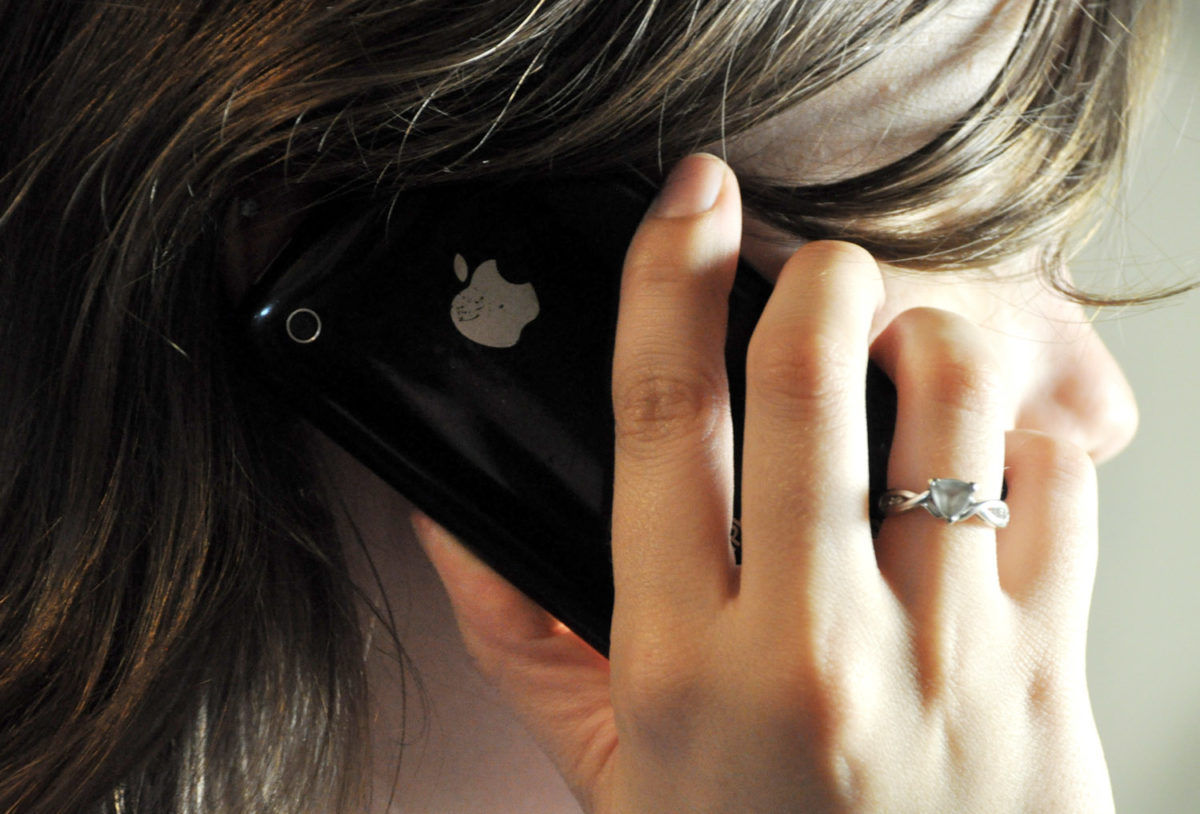
Hoorah, hoorah, the iPhone 5s and 5c are here! But is this newest incarnation of the iPhone really that fantastic?
Two iPhone 5’s were released Sept. 20, the iPhone 5s, starting at $199 in the US, and iPhone 5c, starting at $99 in the US, both on two year contracts. The iPhone 5s has the new operating system, a new 64 bit processor, a new 1080p front facing camera and a dual light element on the back camera for night time photography. New to the iPhone 5s is fitness tracking with the internal gyroscope and a new color scheme with gray, gold and silver. These are only minor changes to the iPhone 5s, but the one most are talking about is the fingerprint scanner built into the home button at the bottom of the phone.
Phone security is a large issue in the modern world, but many are afraid of governments or corporations taking information from their phone wirelessly, not by signing into the phone. The fingerprint scanner seems to be more of a gimmick that saves time and looks cool rather than being practical. Sure, your sibling cannot get onto your phone anymore without having your fingerprint, but does it secure data from being accessed by Facebook or Twitter? This is not the real issue though about the iPhone 5s. The real issue is if it’s worth spending your money on a product that is ultimately a minor update from the iPhone 5.
When one looks at the iPhone 5c it is basically a software updated iPhone 5 with the iOS7 and new colours to choose from (blue, green, pink, yellow, white). I did a survey in class to determine how many people were going to be purchasing this new iPhone. Surprisingly ten out of 30 were planning on buying the new iPhone, and eight out of those ten had an iPhone 4 or an older model.
Jane Jenkins teaches science and technology studies at STU. She says the reason for buying the newest products from Apple in particular is the incredible marketing by Apple and the social implications of owning the newest Apple product. The latest commercial for the iPhone said the “next best thing is here”. The marketing scheme that Apple gives is of a cult mentality vibe, or a cool club.
“People in capitalist society are materialist consumers and are easily manipulated into buying the newest thing,” says Jenkins, “especially when Apple justifies consumers desires by indicating that the newest item is more efficient or smaller”.
Apple smart phones continue to become smaller and lighter, a term Jenkins refers to as design anorexia. Showing her iPad, she said, “You can see there are no screws in the iPad because it makes it thinner and sleeker. This is a problem when it comes to electronic waste because you cannot remove the battery and other toxic elements easily from the iPad when disposing of it.”
Jenkins raises a vital point, what happens to all the iPhones every year when they are given up for the newest model? Some are sold, some are given to younger family members, but most are thrown away. According to the article The Electronics Revolution: From E-Wonderland to E-Wasteland, the US in 2009 had 1.36 million metric tonnes of electronic waste that year. The problem now of always buying the newest model of smart phone will be the cause of the problem of the non-biodegradable electronic waste of the future.
